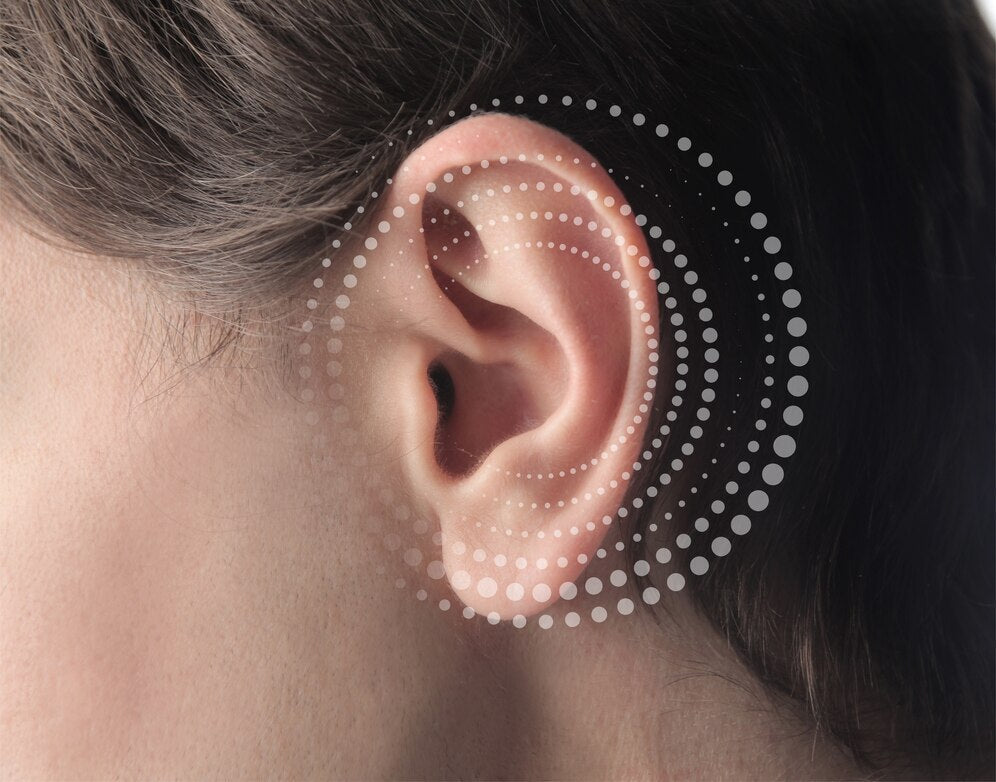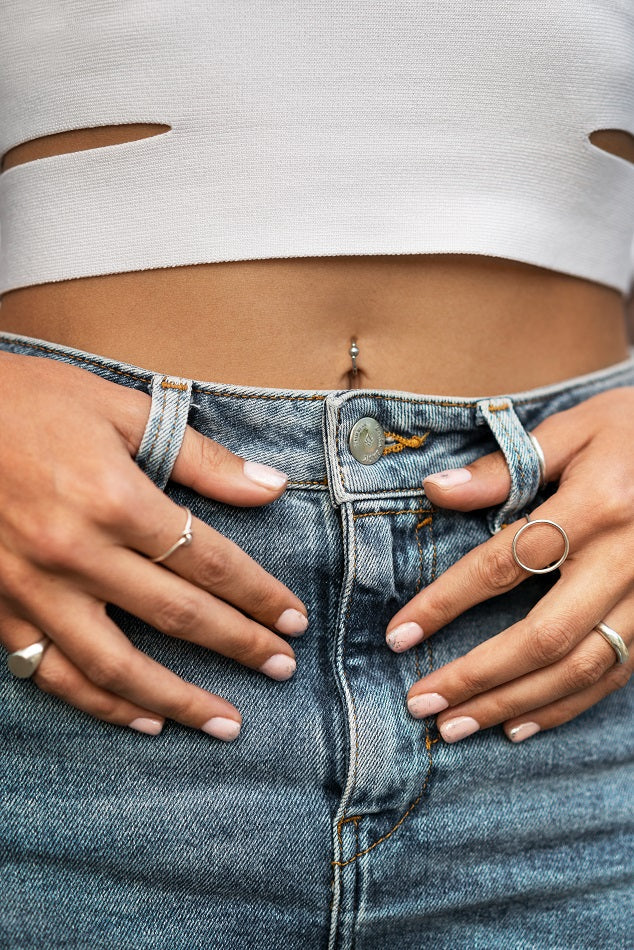
Does Helix Piercing Hurt
Helix Piercing Pain: To separate myth from reality
Helix piercing, the stylish piercing, holding the ears in the ear, has become a major in modern body modification. But with any piercing, the question of pain is generally generated. Let's join the Hallix Piercing Pain connections, give you a clear understanding of what is expected.
Understand the pain factor
The pain is subjective and everyone experiences it differently. However, we can usually describe helix piercing pain as a fast short sensation. The first pinch occurs when the needle passes through the cartilage, followed by a dull pain that can persist for a few days.
Causes
Personal pain tolerance: Some individuals have a limit for more pain than others.
Piercers' expertise: A skilled piercer can make the process quickly and accurately and reduce discomfort.
Catalysis of cartilage: Variation in cartilage thickness can affect the pain level.
Anxiety and stress: Increased anxiety can increase the perception of pain.
Pain
Under piercing: a sharp, transient pain.
Shortly after: a beating or painful sensation.
The first few days: tenderness, swelling and redness are common.
Healing period: Gradually in pain in the form of piercing.
Strategies for pain management

Choose an iconic piercer: A license with a sterile environment and chooses experienced piercers.
Relaxation technique: Practice deep breathing or attention to reduce anxiety.
Proper aftercare: to work hard for Pearser's aftercare instructions.
Strategies for pain management
Choose an iconic piercer: selects a license and experienced pierce with a sterile environment.
Relaxation technique: Practice deep breathing or attention to reduce anxiety.
Proper aftercare: To work hard for the post -need instructions for Pearser.
Clean the piercing with salt resolution twice daily.
Avoid touching piercing with unwanted hands.
Sleeping on a teased ear should be avoided.
Over-the-counter Pain relief: Consider using ibuprofen or acetaminophen to handle discomfort.
Infected
While some discomfort is normal, you need to be careful about these signs of infection:
Excessive redness or swelling
Increased warmth
Yellow or green discharge
Fever
If you observe any of these symptoms, focus immediately.


